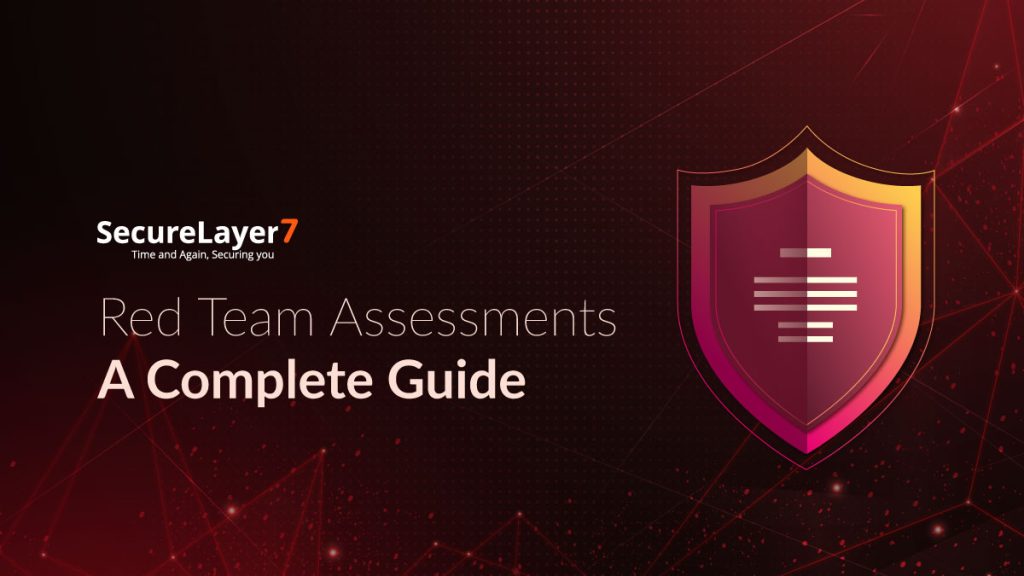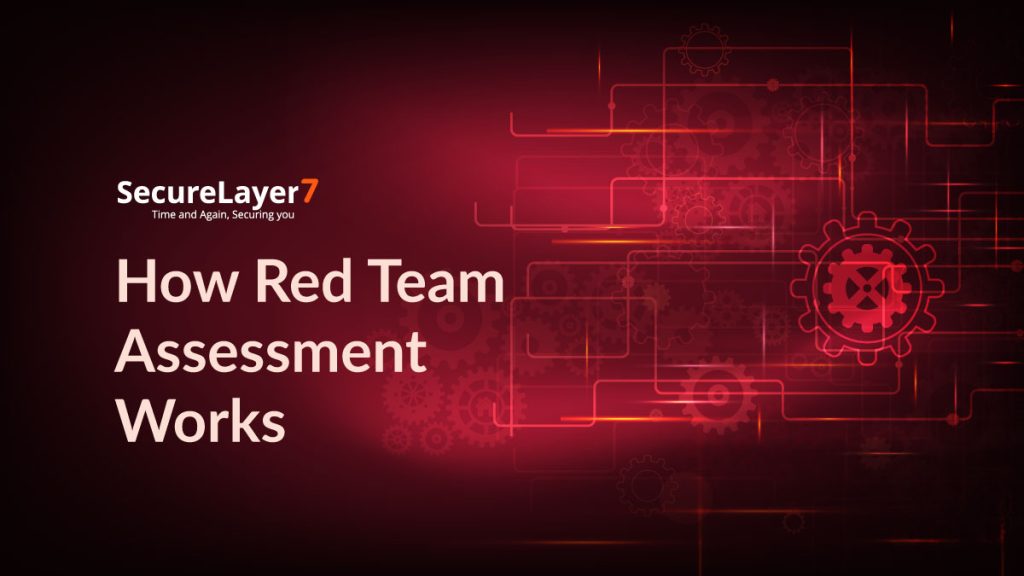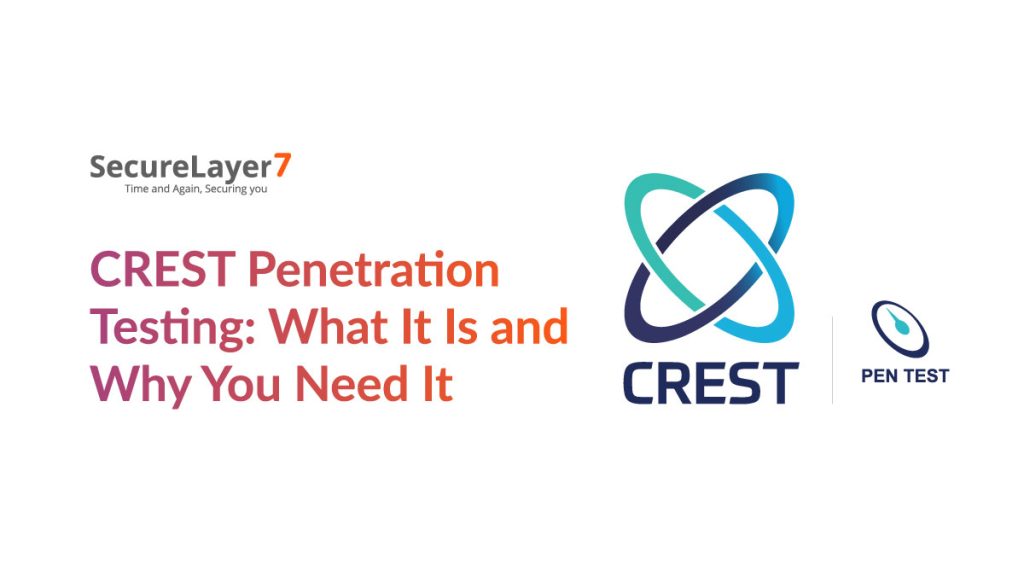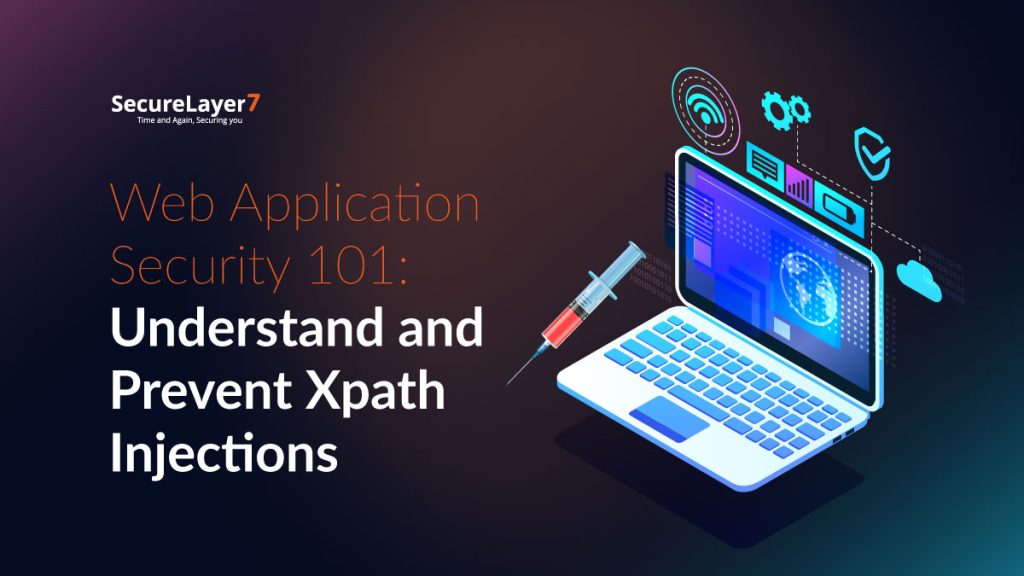
A Comprehensive Guide to Understanding LLM Security
March 27, 2024
Web Application Security 101: Understand and Prevent Xpath Injections
April 5, 2024
Despite organizations’ persistent efforts to protect their business-critical assets, threat actors find ways to infiltrate their IT systems. Some businesses are aware of these threats, and they allocate significant resources to protect themselves. However, despite their efforts, success in thwarting these threats seems limited.
Therefore, the emphasis is on taking preemptive steps to detect and address weaknesses before they can be exploited.
Now, enter the red team assessment!
Unlike passive defensive methods, it employs more aggressive simulated attack techniques to test the organization’s security resilience.
According to the 2023 Ponemon Institute Report: The State of Offensive Security, enterprises frequently opt for red team assessments to test how their security postures can stack up against real-world threats.
This post will dive deeper to explore red team assessments, how they work, the benefits they can provide, and common red teaming strategies.
What is Red Team Assessment?
As evident from the name, red team assessment is a technique for rigorously testing organizations’ security policies, plans, systems, preparedness, and incident response capability. Put simply, a red team consists of ethical hackers who think and act like adversaries.
Red teamers create attack scenarios to ascertain how a system’s security strategy would respond when a malicious attacker carries a real threat. They mimic real-life attackers and try to intrude on an organization’s system. The simulation allows experts to discover the security vulnerabilities of their IT environment that would otherwise have never been detected.
Red Teaming vs. Penetration Testing: How Do They Differ?
Though red teaming and penetration testing are often used interchangeably, the approach and methodology differ.
Penetration testing, or PT, is a tool-assisted manual assessment that evaluates how far a malicious attacker will penetrate an organization’s IT network by exploiting vulnerabilities. Pen tests involve testing networks, systems, web apps, mobile devices, etc.
Unlike red teaming, pen testing is not a stealthy process, as the organization and security teams are aware of the testing. Plus, pen testers’ approach is to find as many security vulnerabilities as possible.
A red team assessment is a stealthy way of conducting tests. Red teamers employ a team of ethical hackers who work silently and secretly for an extended period. This approach aims to read target systems and gain an in-depth understanding of the people, technology, and environment.
They adopt numerous techniques, such as malicious file payloads, RFID (Radio Frequency Identification) cloners, and hardware trojans. Red teamers may use social engineering or plant hardware trojans. In short, they can adopt any methodology to intrude into the system and exploit opportunities.
| Parameters | Penetration Testing | Red Teaming |
| Time | Typically shorter, ranging from days to a few weeks | May last up to over a month |
| Objective | Identifying exploitable vulnerabilities and risks | Testing detection, response, and security culture |
| Tactics | Uses tailored methodologies for different scopes and targets | Real-world tactics, social engineering, and data exfiltration |
| Outcome | Identification of vulnerabilities with remediation advice | Insights into overall security posture with recommendations |
| Cost | Generally cheaper due to limited testing time. | Often more expensive due to longer duration and techniques |
| Nature | Non stealthy | Stealthy, like a real-world attack scenario |
How Red Team Assessment Works
A red team assessment follows a systematic and structured process running into various phases to simulate a real-world cyber threat scenario. The typical stages of a red team assessment include:

1. Setting Objectives: The initial phase includes planning and goal mapping. This ensures all stakeholders align on the process’s rules and goals.
2. Reconnaissance: In this phase, red teamers gather information about the organization’s IT network, its technology, infrastructure, and employees.
3. Vulnerability Discovery: Based on the reconnaissance stage findings, red teamers identify vulnerabilities and potential attack paths through active testing.
4. Vulnerability Exploitation: After identifying vulnerabilities, the red team attempts to exploit them to gain access to the target’s systems using safe exploitation techniques to bypass security restrictions.
5. Probing: Now, the team analyzes how far they can move laterally in the network to achieve their goals.
6. Exfiltration: In this phase, the red team attempts to extract sensitive information from the target environment while avoiding detection.
7. Reporting: This is the last stage, during which the red team provides a detailed report that includes vulnerabilities discovered, how they were exploited, and actionable recommendations to improve the incident response capabilities.
Benefits of Red Team Assessment
As adversaries become increasingly sophisticated, conducting a comprehensive evaluation of their security stance has become imperative for organizations. Data also confirms this trend.
According to an MIT report on the status of cybersecurity breaches, 2023, ransomware attacks increased by more than 50% between October 2022 and September 2023, compared to the previous 12 months.
Alejandro Mayorkas, the US Secretary of Homeland Security, echoing his concerns regarding cyberspace, states, “We assess that cyberattacks targeting US networks will increase in both the near and long terms. Cybercriminals have developed effective business models to maximize their financial gain, success rates, and anonymity.” (Source: Department of Homeland Security)
That’s why more businesses are turning to red team assessment to test their cyber security preparedness.
Now, the question is, how can enterprises benefit from this scenario? What are the advantages of investing in this type of endeavor? Here are some key advantages of red team assessment:

- In-Depth Analysis of security Posture: Red team assessment allows organizations to identify hidden weaknesses in their technology, people, and processes. Based on the evaluation, CISOs can take a fresh look at the internal security scenario and find practical solutions to the problems.
- Enhanced Security: Red teams comprise cybersecurity experts who are equipped with the expertise to handle the most modern and sophisticated threats. This enables you to bolster security preparedness and eliminate the chance of costly breaches.
- Increased ROI: It maximizes the return on the investment made in securing an organization by analyzing how well-equipped the security system is, helping to avoid millions of dollars of losses after a breach.
- Efficient Prioritization: Red team tactics can help prioritize vulnerability remediation, cybersecurity measure implementation, and security expenses.
- Improved Compliance: Red team analysis allows companies to view weaknesses critical to regulatory compliance and fix them as soon as possible.
Who Can Benefit From Red Team Assessment?
The following groups can reap the benefits of red team assessments:
- Organizational Leaders: Red team assessments empower organizational leaders to glean insights into their organization’s security posture and make informed decisions to mitigate security threats.
- Security Professionals: Practical experience in identifying, testing, and improving their defenses immensely benefit security professionals. These assessments add to their perspective on dealing with evolving security threats.
- IT Professionals: Red team assessment allows IT professionals to spot weaknesses in their security posture. For example, a red team assessment may use social engineering tactics to extract business-critical information, revealing critical employee training and skills gaps.
- Managed Service Providers (MSPs): MSPs benefit from red team assessments by offering their clients advanced security testing services. For example, MSPs can uncover weaknesses in network configurations, application security, or incident response plans that cyber attackers could exploit.
Common Red Team Assessment Strategies
Red teams use a multi-pronged approach and diverse tools and techniques to achieve their objectives. These tactics have been designed to identify security loopholes to detect all weak spots in organizations’ IT environments. Here is a list of ethical hacking tactics employed by red teams:
- Web application penetration testing is considered effective in identifying web app design and configuration-related security flaws. For this, they use a technique, such as cross-site request forgery, to gain unauthorized access to the application layer.
- Network penetration testing is mainly used to spot network-related misconfigurations, such as open ports on a wireless network.
- Physical penetration testing process searches for weaknesses in various physical security controls. Once they gain access, attackers install backdoors to continue accessing the system.
- Clearing tracks focuses on removing all evidence of hacking activity to avoid detection. This involves disabling auditing, manipulating logs, modifying registry values, and removing the most recently used data. Employing such techniques allows them to eliminate traces of hacking during the process.
- Social Engineering process focuses on exploits carried out on people to obtain sensitive information like passwords or access keys through phishing scams or by providing falsified information.
How Does Red Teaming Support Regulatory Compliance?
The main objective of a red teaming assessment exercise is to strengthen the IT security team’s defensive capability, but it also helps in regulatory compliance efforts. Numerous regulatory and compliance standards, such as GDPR, HIPAA, and PCI DSS, demand safeguarding sensitive data from potential threats.
Furthermore, conducting red teaming exercises allows enterprises to identify hidden vulnerabilities and weaknesses that may indeliberately result in non-compliance with these regulations. Thus, this prepares organizations to comply with global rules by enhancing compliance support capability.
Certifications And Expertise For Red Team Assessors Possess
Highly skilled and specialized professionals conduct red team assessments. Here is a list of certifications and skills required for a red team assessment.
- Offensive Security Certified Professional (OSCP): A highly reputed certification that validates practical hands-on penetration testing skills.
- CREST Registered Tester (CRT): Widely recognized certification in the UK and internationally for penetration testing skills.
- Certified Red Team Operator (CRTO): This is a relatively new certification that focuses on techniques such as adversary simulation, command & control, engagement planning, and reporting.
- OffSec Exploit Developer (OSED): OSED aims to certify the expertise necessary to write offensive shellcodes and develop custom exploits from scratch.
- OffSec Experienced Pentester (OSEP): This validates skills needed for penetrating robust IT systems.
- OffSec Web Expert (OSWE): An advanced web application security system for all forms of web apps.
Key Questions to Ask Before Red Teaming Exercises
Red team assessment solutions are tailored to meet various organizational needs. But it’s important to ask specific questions from stakeholders before the upcoming assessment:
- What are the Red Teaming exercise’s critical goals and objectives you want to achieve?
- Who will be involved in the exercise, and what roles will they play?
- What are the events that can result in severe damage to an organization’s brand reputation in the case of anything going wrong?
- What are critical IT infrastructures organizations rely on, including hardware and software?
- What are the possible consequences of their compromise on the organization’s critical assets?
Conclusion
Red teams hack, but they do it to protect organizations’ computing infrastructure and networks. This is an advanced and effective method of assessing the robustness of security systems when integrated with additional security measures and defensive security techniques, fortifying against potential attackers.
Why Choose SecureLayer7
SecureLayer7 for red team assessment can be your preferred choice for several reasons:
- Full Scope Testing: We offer full-scope red teaming security assessment services, which allow organizations to gain a comprehensive understanding of systems, applications, and infrastructure.
- Realistic Simulation: SecureLayer7’s team consists of experts who use advanced simulation techniques to mimic real-world attacks, offering a comprehensive evaluation of the IT environment.
- In-Depth Vulnerability Report: Our reports provide a deeper understanding of vulnerabilities that hackers can exploit.
- Offensive Security Experts: We have a pool of certified offensive security professionals with CEH, OSCP, and other respected IT security industry certifications.
- Actionable Recommendations: We provide tactical and strategic recommendations with clear recommendations to eliminate risks.
Interested in unlocking the benefits of Red Teaming assessments?
If you have any questions in mind, our certified experts can assist you in getting started. We are just one call or email away. Our team is ready to help. Get in touch with us now
Frequently Asked Questions
1. What’s the difference between Red Teaming and Blue Teaming?
The red and blue teams are two sides of the same coin. Red Teaming refers to the offensive team responsible for launching attacks, while blue teams focus on implementing a defensive strategy.
2. Can you give an example of Red Teaming?
One excellent example of Red Teaming is social engineering, where testers manipulate employees to obtain sensitive data, access codes, passwords, and keys through phishing scams.
3. Who conducts a red team assessment?
You can hire a red team professional or an internal team to conduct the assessment. However, it is always better to employ third-party red teamers as they are more likely to look at the project from an outsider’s perspective, free of any biases.
4. What are the rules of engagement?
Red teamers must follow acceptable guidelines, testing methods, and communication protocols and report the results after the process.
5. What is the timeline and scope of the engagement?
It can be duration, number of testers, and degree of access guaranteed to red teams.
6. Is red team assessment suitable for every organization?
Red Team assessments require careful and thorough planning, collaborations with blue teams, and a high level of readiness to leverage their benefits. However, despite their effectiveness in handling APT cyber-attacks, not all organizations are ready for them, as they are not fully equipped to track, detect, and defend against red teaming tactics.
7. What are some additional considerations in red teaming exercises?
Here are some additional considerations for red teaming exercises:
- Legal and Ethical Compliance: Before conducting a red team assessment, it is essential to consider all legal and ethical considerations to avoid unintended risks.
- Implement post-assessment procedures: Post reports discuss their findings, recommendations, and ways to beef up security within the organization.
Reference Sources:
https://medium.com/@joshuaspeshock/cybersecurity-red-team-guide-1e6aae69ed71
https://www.pwccn.com/en/risk-assurance/cyber-services/icast/icast-cyber-attack-simulation-hk.pdf
https://www.pwc.com/mt/en/publications/technology/red-teaming-and-penetration-testing.html
https://owasp.org/www-chapter-dorset/assets/presentations/2020-04/RT_OSINT_Phishing.pdf


